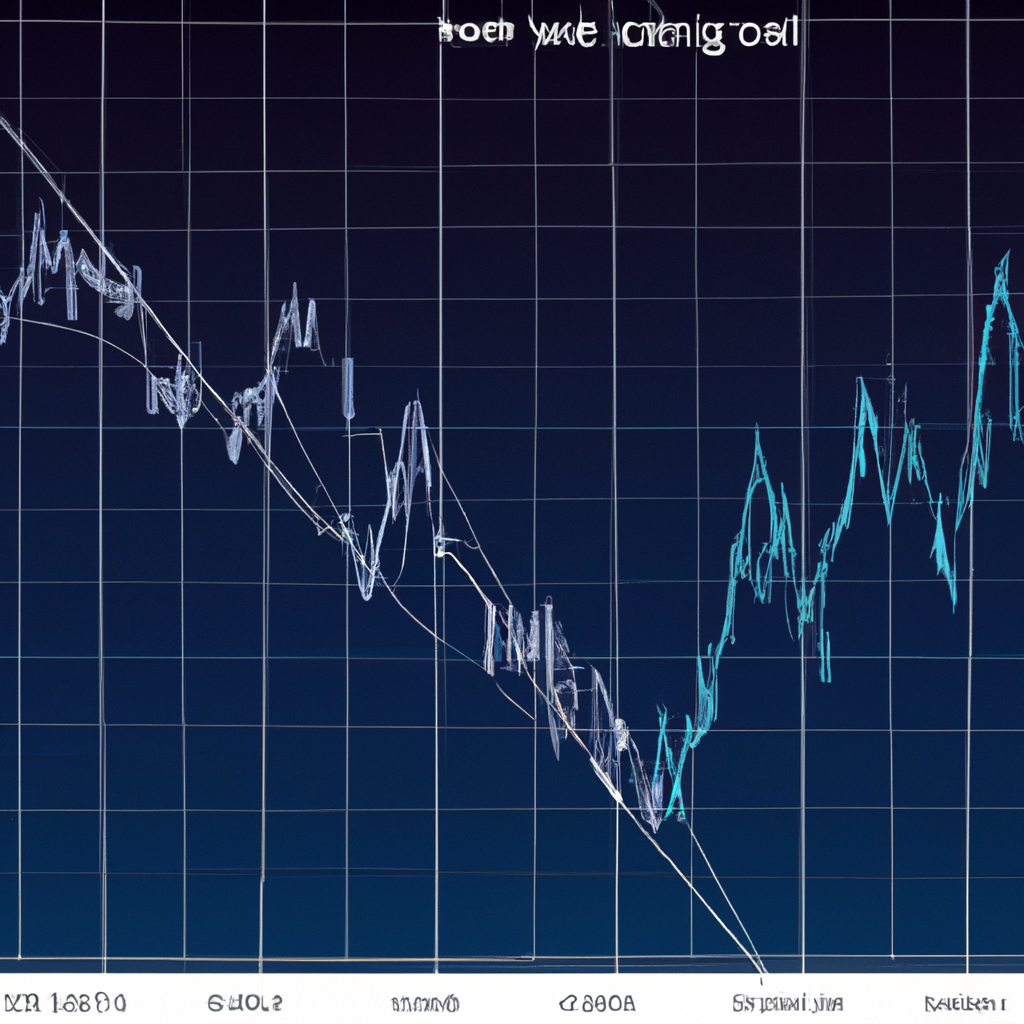Trading with Harmonic Patterns: A Comprehensive Guide
Introduction
Harmonic patterns are powerful tools used by traders to identify potential price reversals in the financial markets. These patterns are based on Fibonacci ratios and geometric structures, providing traders with a systematic approach to trading. In this article, we will explore the concept of harmonic patterns and how they can be effectively used in trading strategies.
Understanding Harmonic Patterns
Harmonic patterns are repetitive price structures that have been proven to have a high probability of predicting future price movements. These patterns are formed by a combination of price swings and Fibonacci ratios, creating specific geometric shapes on price charts.
There are several types of harmonic patterns, including the Gartley pattern, Butterfly pattern, Bat pattern, and Crab pattern. Each pattern has its own unique structure and Fibonacci ratios, allowing traders to identify potential reversal points in the market.
Identifying Harmonic Patterns
Identifying harmonic patterns requires a keen eye for detail and the ability to analyze price charts effectively. Here are the key steps to identify harmonic patterns:
- Step 1: Identify the swing points – Start by identifying the swing points on the price chart. These are the high and low points that form the basis of the harmonic pattern.
- Step 2: Measure the Fibonacci ratios – Once the swing points are identified, measure the Fibonacci ratios between these points. These ratios include 0.382, 0.500, 0.618, 0.786, and 1.272.
- Step 3: Draw the pattern – Using the swing points and Fibonacci ratios, draw the harmonic pattern on the price chart. This will help visualize the potential reversal zone.
- Step 4: Validate the pattern – Finally, validate the pattern by checking if the price action aligns with the projected reversal zone. Look for additional confirmation signals such as candlestick patterns, support and resistance levels, or momentum indicators.
Trading Strategies with Harmonic Patterns
Once a harmonic pattern is identified and validated, traders can implement various trading strategies. Here are a few popular strategies:
- Strategy 1: Fibonacci Retracement – Use Fibonacci retracement levels to identify potential entry and exit points. Traders can enter a trade near the completion of a harmonic pattern and set their stop-loss orders below the pattern’s reversal zone.
- Strategy 2: Pattern Completion – Wait for the harmonic pattern to complete and enter a trade once the price action confirms the reversal. This strategy provides a higher probability of success but may result in missed opportunities.
- Strategy 3: Multiple Time Frame Analysis – Combine harmonic patterns with multiple time frame analysis to increase the accuracy of trade signals. Look for harmonious patterns across different time frames to confirm the validity of the trade setup.
Risk Management and Trade Execution
Like any trading strategy, risk management is crucial when trading with harmonic patterns. Here are a few tips to consider:
- Set appropriate stop-loss orders to limit potential losses in case the trade goes against you.
- Calculate your position size based on your risk tolerance and the distance between the entry point and stop-loss level.
- Consider using trailing stop orders to protect profits and lock in gains as the trade moves in your favor.
Conclusion
Harmonic patterns provide traders with a systematic approach to identify potential price reversals in the financial markets. By understanding and effectively using harmonic patterns, traders can enhance their trading strategies and increase their chances of success. Remember to practice and backtest your strategies before implementing them in live trading, and always prioritize risk management to protect your capital.

